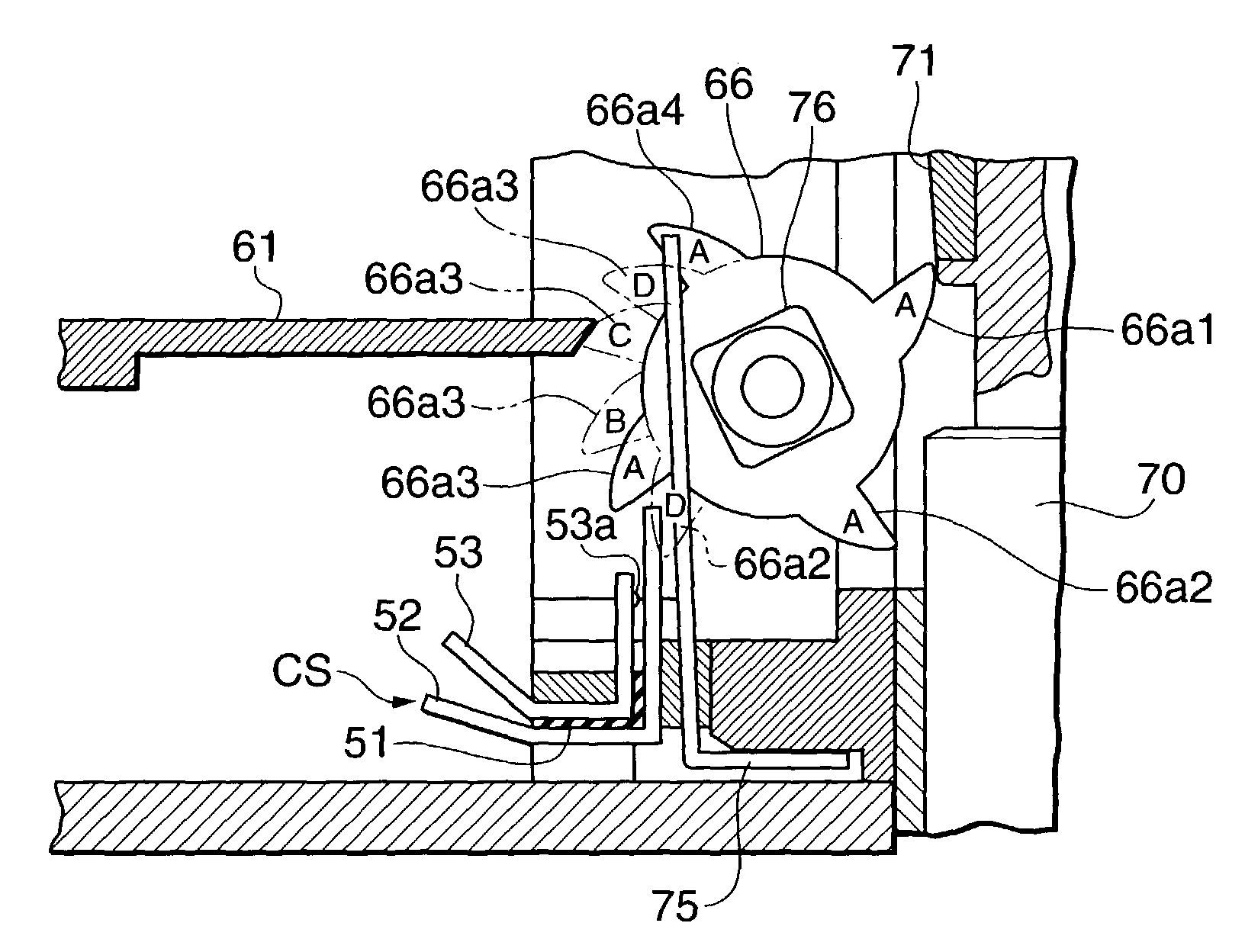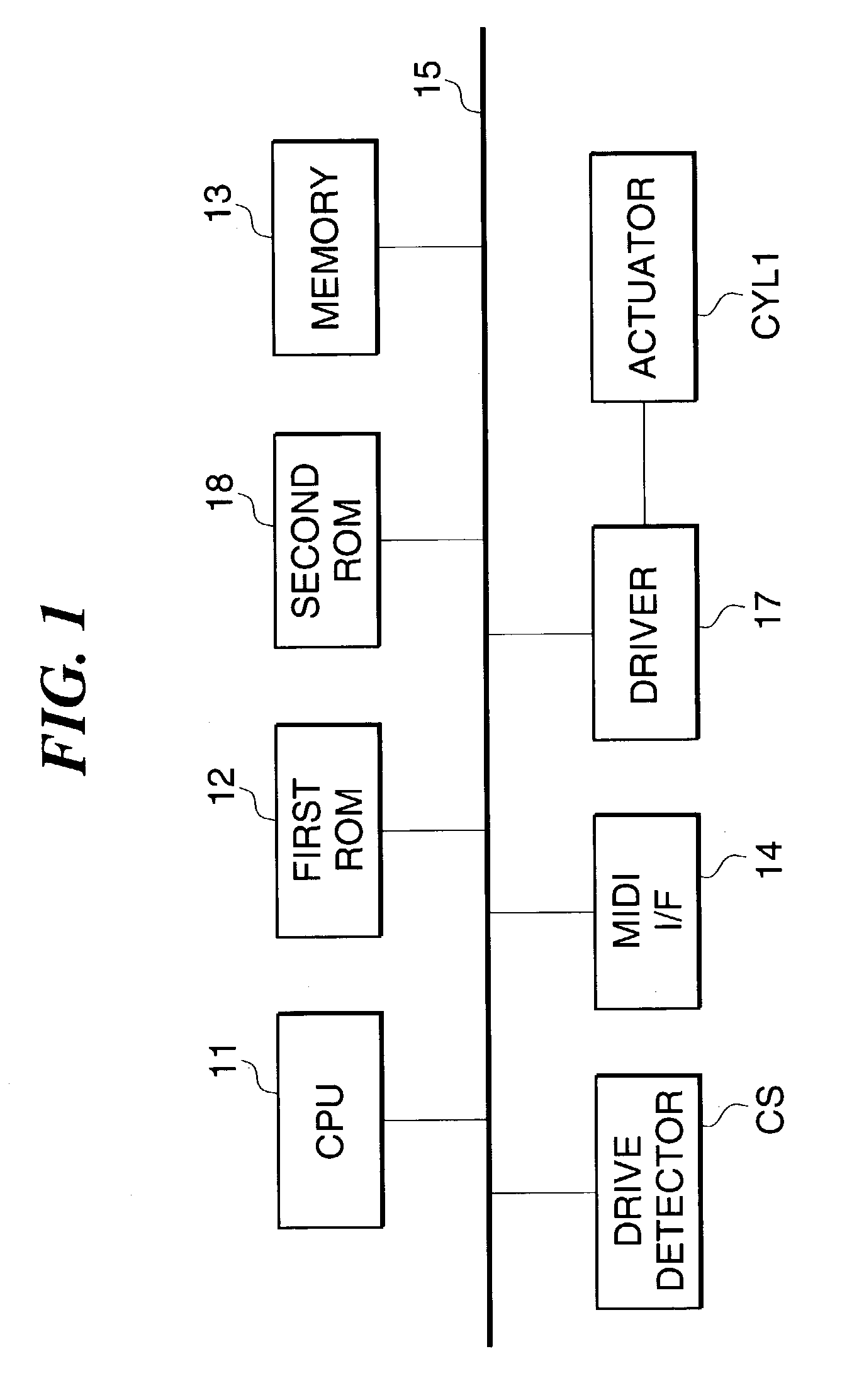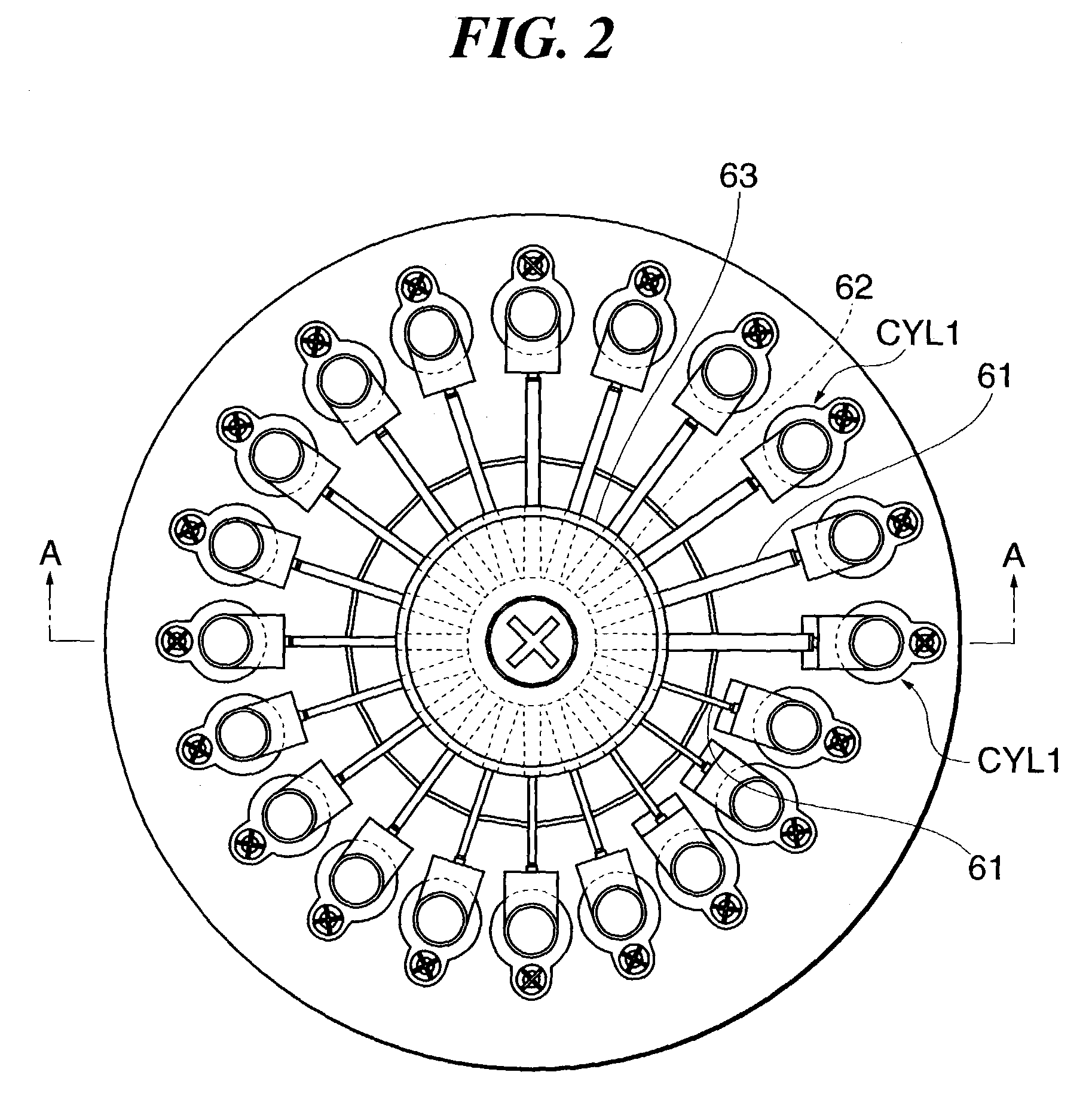Performance apparatus
a technology of performance apparatus and performance device, which is applied in the direction of electrophonic musical instruments, automatic musical instruments, instruments, etc., can solve the problems of high power consumption, waste of energy, and above-proposed performance apparatuses, and achieve the effect of reducing energy consumption
- Summary
- Abstract
- Description
- Claims
- Application Information
AI Technical Summary
Benefits of technology
Problems solved by technology
Method used
Image
Examples
first embodiment
[0046]FIG. 1 is a block diagram showing the construction of a control section of a performance apparatus according to the present invention.
[0047]The performance apparatus according to the present embodiment is comprised of a first ROM 12, a memory 13 (storage device), a MIDI interface (MIDI I / F) 14, a second ROM 18, and drive detectors CS (operative state detecting device), a driver 17, and a CPU 11 to which the above component parts are connected via a bus 15. The CPU 11 controls the entire apparatus. The first ROM 12 is comprised of a program ROM, a data ROM, and a working ROM, none of which are shown, and stores control programs to be executed by the CPU 11, various data, and so on. The MIDI I / F 14 receives performance data input from a MIDI instrument, not shown, or the like, as MIDI (Musical Instrument Digital Interface) signals. The memory 13 is comprised of a RAM or the like, and stores various data including performance data and can store performance data input from the MID...
second embodiment
[0092]Now, the present invention will be described with reference to FIGS. 1, 5, and 7 to 9.
[0093]FIG. 8 is a top plan view of a performance apparatus according to the second embodiment of the present invention. FIG. 9A is a sectional view of this apparatus. FIG. 9B is a front view showing essential parts of the apparatus as viewed from a left side in FIG. 9A. FIG. 9C is an enlarged fragmentary view of a channel-shaped stepped space and a driving nail of a rotary pick.
[0094]In the second embodiment, the construction of the control section is basically the same as that shown in FIG. 1 in the first embodiment. However, an actuator FLAT2, which is implemented by a flat coil type, is employed in place of the actuator CYL1. Further, a drive detector CS2 is employed in place of the drive detector CS. The actuator FLAT2 is drivingly controlled by pulse width modulation (PWM) as is the case with the first embodiment (see FIG. 7). The PWM table is also updated as is the case with the first e...
PUM
 Login to View More
Login to View More Abstract
Description
Claims
Application Information
 Login to View More
Login to View More - R&D
- Intellectual Property
- Life Sciences
- Materials
- Tech Scout
- Unparalleled Data Quality
- Higher Quality Content
- 60% Fewer Hallucinations
Browse by: Latest US Patents, China's latest patents, Technical Efficacy Thesaurus, Application Domain, Technology Topic, Popular Technical Reports.
© 2025 PatSnap. All rights reserved.Legal|Privacy policy|Modern Slavery Act Transparency Statement|Sitemap|About US| Contact US: help@patsnap.com



